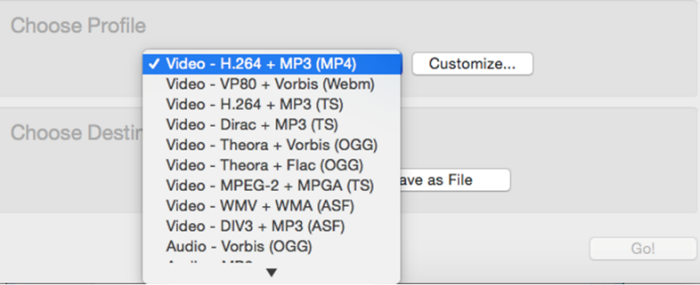
Then, navigate to the Downloads folder and type the following command to install Cine Encoder: sudo dpkg -i cine-encoder-*. To install Cine Encoder on Ubuntu and Debian, first, download the DEB package file from the aforementioned link. The encoder mainly relies on modes like H265, H264, VP9, MPEG-2, XDCAM, XAVC, DNxHR, and ProRes. It supports hardware encoding with NVENC and QSV on Linux. This open-source conversion software combines the ever-powerful FFmpeg with the MKVToolNix and MediaInfo libraries.Ĭine Encoder is one of the few tools on this list that preserves HDR metadata while converting your videos. Videomass-*.AppImageįinally, go to the AppImage's location and double-click the file to launch the program.Ĭine Encoder aggregates the best video conversion and encoding library plugins for handling multimedia tasks on Linux. Then, run the following command to make the image executable: sudo chmod +x.

To install Videomass, first, download the AppImage and navigate to the Downloads folder using the cd command. You can add extra options like audio volume normalization features, making Videomass a must-have for any multimedia professional on Linux. It has descriptive dialogues to help you handle errors. Videomass accelerates your workflows with conversion presets.

Additionally, you can put those powerful codecs to use without prior CLI knowledge. You can integrate Videomass with FFmpeg, youtube-dl, and yt-dlp, as it allows you to rely on the video converter's extensive library of plugins. The tool’s GUI setup will accelerate advanced and complex file conversions in FFmpeg with the former’s WYSIWYG, drag-and-drop file management.

You can batch process videos for conversion while maintaining detail-rich logs for tracking your work.


 0 kommentar(er)
0 kommentar(er)
